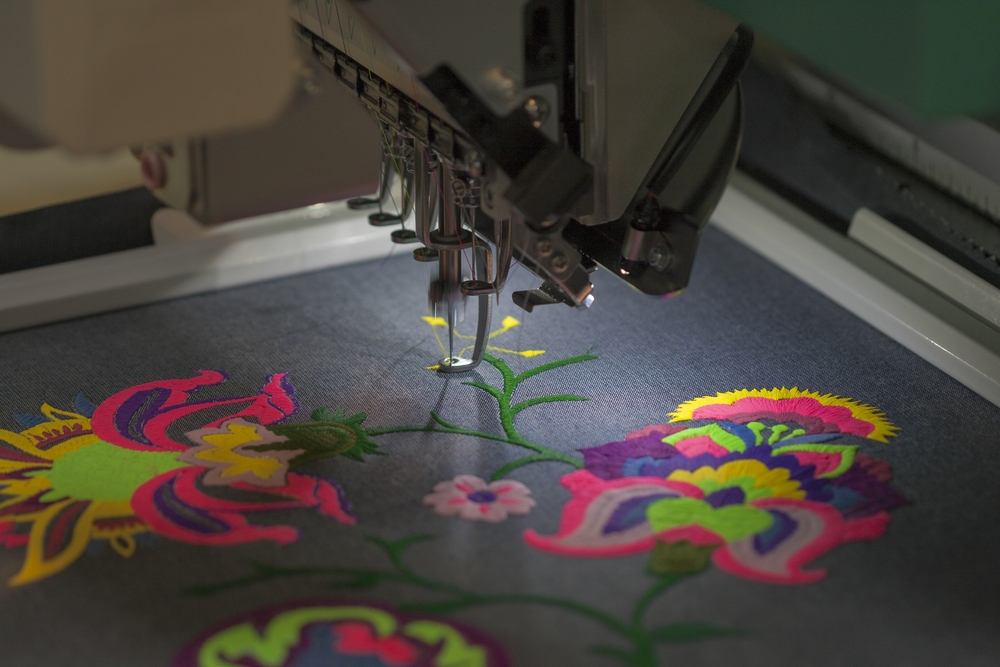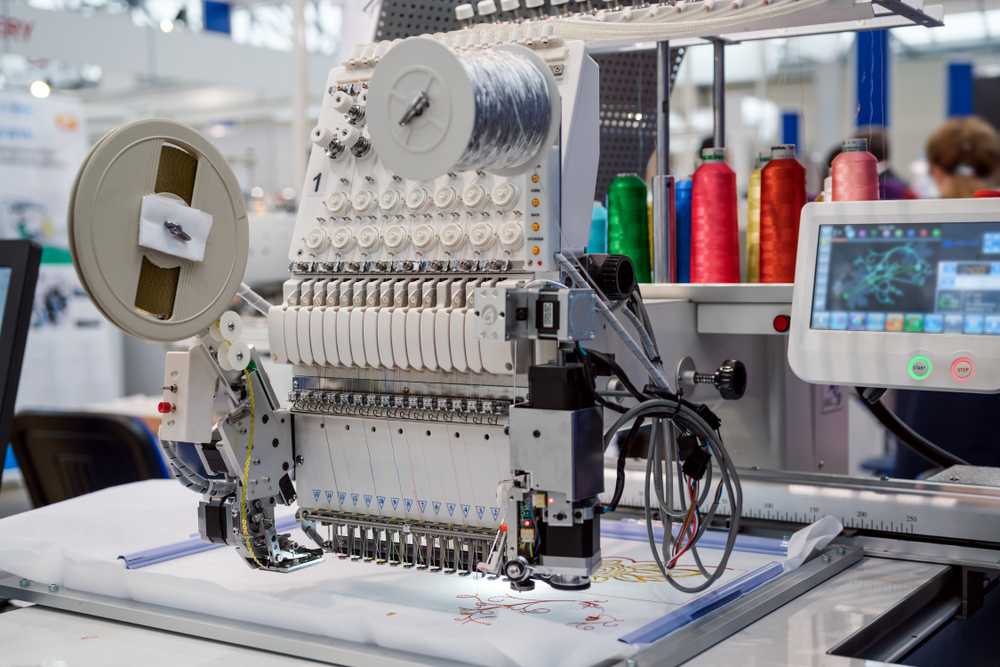Specialist Digitizing for Embroidery: Rapid and Reliable Solution
Specialist Digitizing for Embroidery: Rapid and Reliable Solution
Blog Article
Simplifying the Art of Needlework Digitizing: Step-by-Step Guide
As technology proceeds to development, the digitization procedure has actually become more available, allowing enthusiasts to bring their elaborate styles to life with ease. In this guide, we will certainly unwind the complexities of needlework digitizing, breaking down each action methodically to improve the process and equip both newbies and seasoned embroiderers alike.
Recognizing Embroidery Digitizing Software
Needlework digitizing software program serves as a vital tool for changing intricate designs right into electronic styles suitable with needlework devices, helping with precise stitching and modification. This specialized software program permits customers to import numerous picture data layouts, such as JPG or PNG, and transform them into embroidery machine-readable formats like DST, EXP, or PES - Digitizing for Embroidery. By utilizing features like stitch editing and enhancing, padding options, and string color choice, digitizing software program enables users to control every aspect of the design process
Moreover, progressed embroidery digitizing software application supplies devices for creating complicated layouts, readjusting stitch density, and incorporating intricate information. Users can also preview the design prior to sewing it out, ensuring accuracy and reducing errors. In addition, several software program programs offer automated features that aid enhance the digitizing process, saving effort and time.
Understanding the abilities of needlework digitizing software is vital for attaining premium cause needlework jobs. By grasping this tool, needlework lovers and experts can unleash their imagination and bring detailed designs to life with accuracy and effectiveness.

Choosing the Right Style Data
After acquainting yourself with the abilities of embroidery digitizing software, the next vital action in the process is selecting the appropriate design apply for your task. Digitizing for Embroidery. When picking a design file for embroidery digitizing, it's necessary to consider the complexity of the layout, the size of the last item, and the type of material you will be functioning with
For intricate styles with fine information, a high-resolution image or vector data is advised to ensure that the embroidery machine can precisely recreate the layout. In addition, the size of the end product plays a substantial duty in picking the best layout documents. Larger layouts may need greater resolution data to keep clarity and intensity.
Additionally, the type of fabric you will be stitching on affects the option of style documents. Different materials might need changes in the style data to ensure that the stitches are effectively straightened and the layout appears as intended. By meticulously choosing the appropriate design documents based upon these elements, you can establish on your own up for a successful needlework digitizing procedure.
Digitizing Tools and Techniques
Using specialized software application and precision strategies, digitizing tools are essential in transforming intricate designs right into embroidery-ready documents. Embroidery digitizing software, such as Wilcom, Hatch, or Embrilliance, gives the required system to convert art work right into stitch data. These programs offer functions like stitch editing, padding choices, and text devices to make certain the layout translates flawlessly onto material.
Among the essential techniques in digitizing is creating a clear path for the embroidery machine to adhere to. This includes digitizing each element of the style with precision, establishing stitch types, densities, and instructions. By using tools like digitizing tablet computers or software-specific plugins, embroiderers can achieve a high degree of precision in their digitized layouts.
Furthermore, grasping the art of underlay sewing is crucial for producing quality embroidery. Underlay sewing supports the textile and develops a foundation for the layout, making certain that the final product is both aesthetically enticing and lasting. By click to read more comprehending these digitizing tools and methods, embroiderers can boost their craft and bring complex styles to life with precision and effectiveness.
Personalizing Stitch Types and Instructions
The option of stitch types can considerably influence the overall look and texture of the embroidered style. By strategically incorporating these stitch types, embroiderers can attain deepness and dimension in their designs.
Additionally, the direction of stitches plays a critical duty in improving the visual appeal of the last embroidery. look what i found By exploring with different stitch angles and patterns, embroiderers can bring their designs to life with impressive detail and intricacy.
Screening and Refining Your Digitized Style
To make certain the accuracy and high quality of your digitized style, thorough screening and refinement are essential action in the embroidery digitizing process. When you have completed the digitization of your style, it is important to check it prior to continuing with the actual embroidery. Checking enables you to recognize any type of possible issues such as thread breaks, sew density issues, or layout distortions that might impact the result.

After testing, it is necessary to improve your digitized style based on the feedback from the test sew-out. This might entail tweaking stitch setups, changing densities, or making changes to the total layout to accomplish the preferred outcome. By iterating via screening and improvement, you can tweak your digitized design to excellence prior to moving on with the real needlework process.
Conclusion
To conclude, mastering the art of needlework digitizing needs an extensive understanding of the software application, choosing the right design documents, using digitizing devices and techniques, customizing stitch kinds and directions, and testing and improving the digitized layout. By complying with these steps, embroiderers can simplify the digitizing process and create top notch embroidered styles with accuracy and efficiency.
Report this page